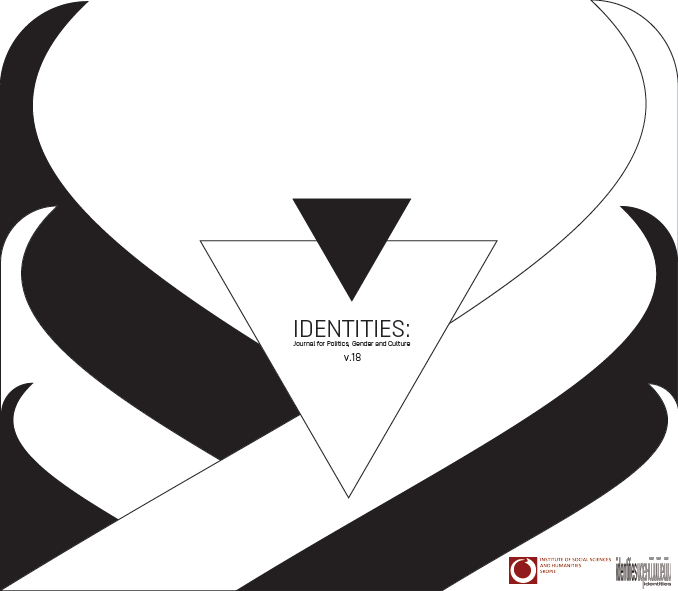Mimetic Machines in the Uncanny Valley
Mimetic Machines in the Uncanny Valley
Author(s): Kamelia SpassovaSubject(s): Aesthetics
Published by: Институтот за општествени и хуманистички науки – Скопје
Keywords: mimesis; uncanny; uncanny valley; Bukimi no Tani; doubles; mimetic machines; likeness; unconcept; negative anagnorisis; heterogenesis
Summary/Abstract: Uncanny valley (不 気 味 の 谷 ) is a notion introduced by the Japanese robotics professor Masahiro Mori in 1970. The basic claim of his hypothesis states that the anthropomorphic machines cause uncanny effect due to their imperfect resemblance to the human. Humanoids seem almost like people, but exactly the distance of this almost provokes hot debates. There are two trends in robotics, animation, architecture, and computer games. The first trend seeks to overcome the uncanny valley, constructing such an incredible machine that perfectly mimics human actions. The second trend – Masahiro Mori takes this side – consciously constructs non- anthropomorphic machines. The machine’s appearance, structure, shape, proportion of the parts, and motion must be visibly different from the human ones. The term uncanny valley appears in a European context soon after its introduction, due to Jasia Reichardt’s translation in 1978. She is an art critic and curator who is interested in the role of cybernetics in art. The joint between the uncanny valley in robotics and the legacy of Freud and Jentsch is established with this translation at the intersection point between aesthetics and science. This link opens new fields to theoretical and aesthetic imagination.
Journal: Identities: Journal for Politics, Gender and Culture
- Issue Year: 18/2021
- Issue No: 1-2
- Page Range: 22-33
- Page Count: 12
- Language: English

